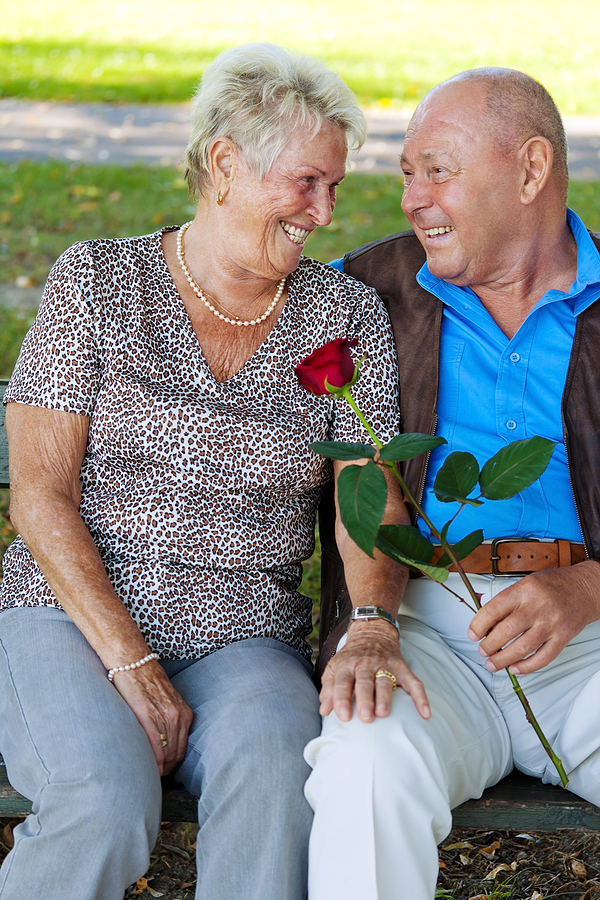
That’s 1.8 million couples saving up to £252 on their income tax bill every year, through their Personal Allowance. This is an excellent uptake of this useful tax relief from HMRC.
Am I eligible for the Marriage Allowance?
In order to be eligible for the Marriage Tax Allowance you need to either be married or in a civil partnership. It doesn’t matter if you’re newlyweds, have been in the relationship for years, or met them at the wedding ceremony, you just need to meet the following criteria.
One partner earns less than their Personal Allowance amount and the other is a Basic Rate taxpayer. In Scotland this means currently you earn up to £43,663, and £50,270 in the rest of the UK. The person earning under the threshold transfers 10% of their Personal Allowance amount to their spouse or civil partner.
For the 2021-22 tax year, the Personal Allowance amount is £12,570. So one partner must be earning less than this and not paying any income tax. 10% of this can be transferred to their partner. So, £1,260 goes across to them and saves £252 on their annual income tax bill.
When you should check your eligibility
Particularly in longer term relationships, people often miss out on their Marriage Allowance because they don’t reassess their tax position when their circumstances change.
It’s always worth checking if something significant changes, for either of you. For example:
- Working hours are reduced and take your earnings under the Personal Allowance threshold.
- You take a career break, perhaps to retrain.
- You need to take unpaid leave, maybe due to illness or a new baby.
- One of you is in education and your part time work doesn’t bring in enough to pay income tax.
- COVID-19 has affected your employment situation.
- One of you is working and the other has retired.
- You’re in a new civil partnership or marriage. If you think you’re eligible, add it to your list of thank yous as a big thank you to yourselves.
- The death of your partner doesn’t invalidate your claim if they died since 5th April 2017. Get in touch with the Income Tax helpline to get help from HMRC.
How do I apply for the Marriage Allowance?
The simplest and quickest way to apply for your Marriage Allowance is by using HMRC’s online portal. It’s very straightforward to use and doesn’t include any off-putting tax speak. But you do need particular details in order to complete the application. It’s just easier to gather everything together before you start as it helps speed the whole thing up.
To make an online Marriage Allowance application you need both partners’ National Insurance numbers. You also need to prove your identity using any 2 of these documents:
- UK passport.
- Self assessment tax return details (from the last three years).
- P60.
- A recent payslip.
- Northern Ireland driving licence.
- Credit file information, like mortgage or loan.
You must also have a Government Gateway account already set up. Do this first, if you don’t already have one. And allow a bit of time to get through the multi level security of this process.
Once you’ve completed the application, you’ll get a confirmation email to say that it’s been received within 24 hours.
You only need to apply once. If it’s accepted, your Marriage Allowance is automatically applied in subsequent years. It’s then up to you to tell HMRC if your circumstances change again and you’re no longer eligible.
It’s also possible to backdate your Marriage Allowance claim by up to four previous tax years, if you’ve been eligible during that time period.







